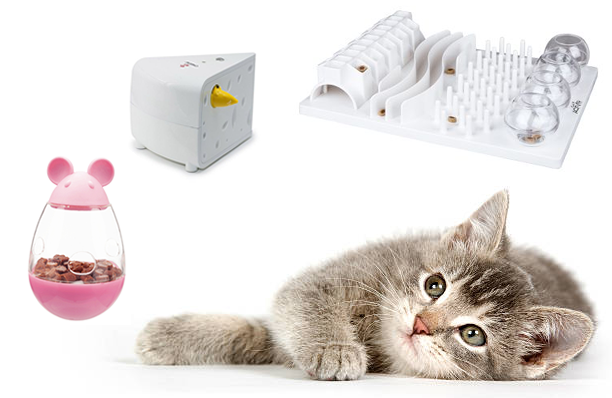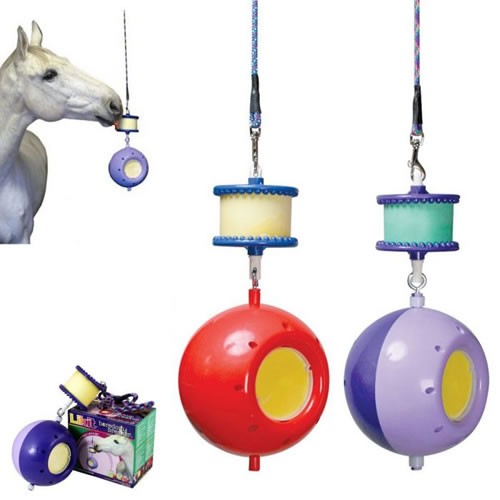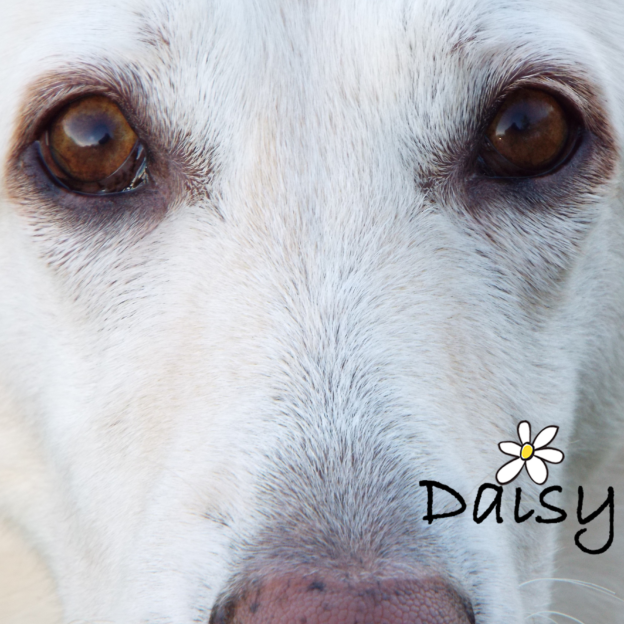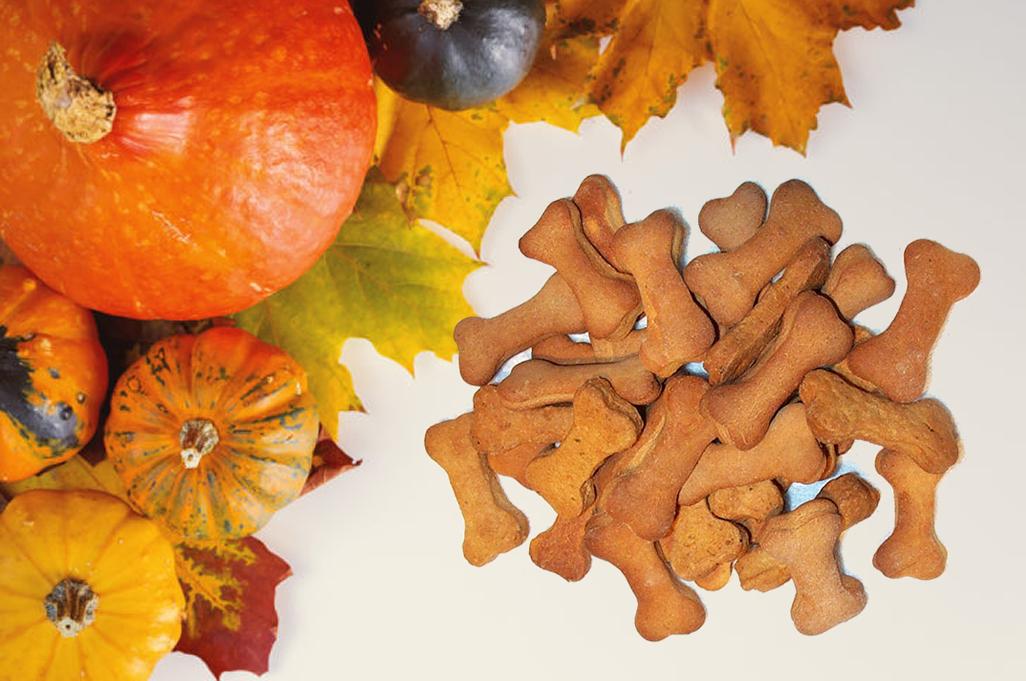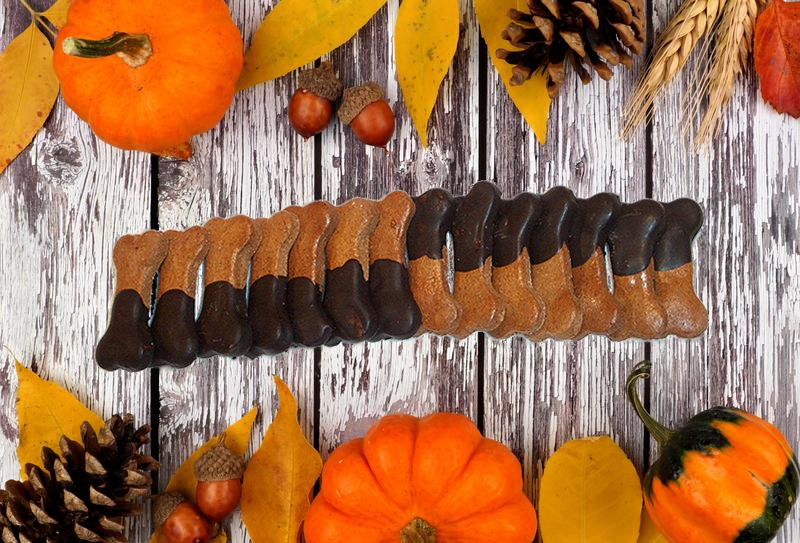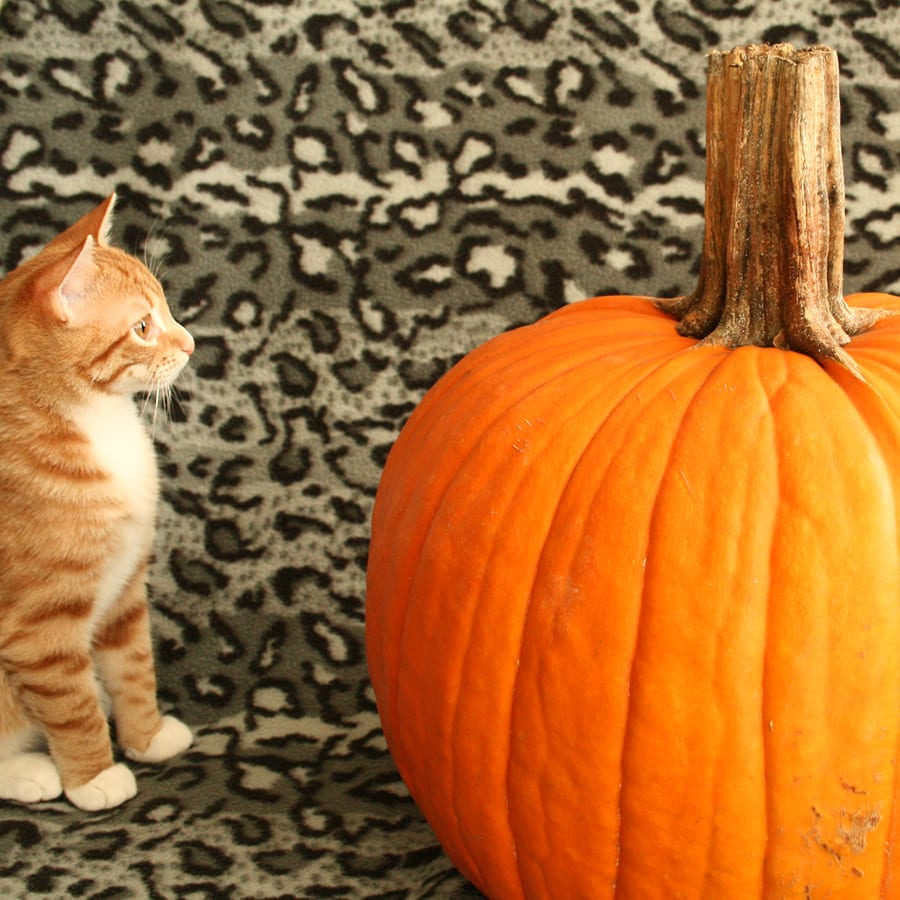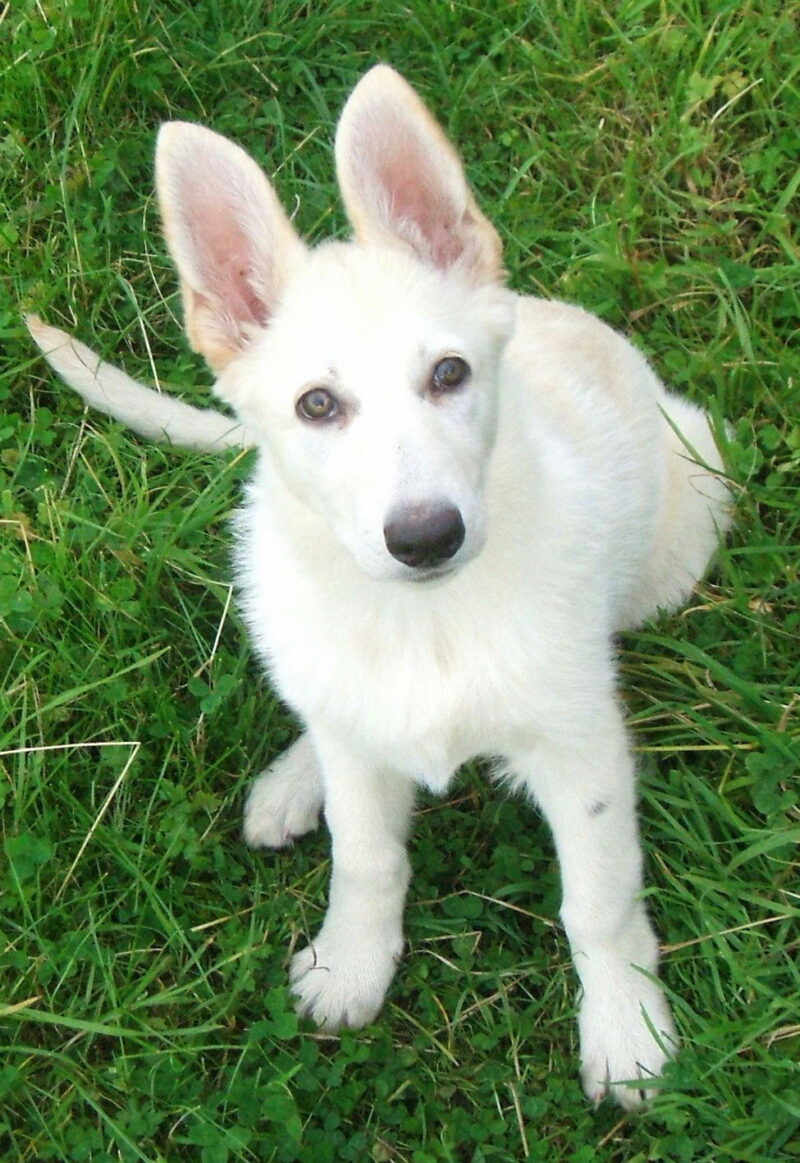
Daisy pup at 14 weeks
The White Wolf
Daisy’s story begins with a devastating loss for us. In the summer of 2009, we lost two of our five German Shepherds, Molly and Amy. One after the other within a week. Completely unrelated illnesses. They weren’t old, so it was totally out of the blue.
The grief was raw and for me, I couldn’t seem to get past it. I kept thinking puppy! I bought the local paper and trawled through the pet section. For once there was a distinct lack of German Shepherd pups for sale, but there was one ad that I decided to respond to.
I spoke to a woman who told me she had a 14-week-old white German Shepherd pup for sale. It wasn’t KC registered but was a full shepherd. If I was interested, I should act quickly as there were other people interested in her.
I had never wanted a white shepherd. We live in a very muddy place and I couldn’t think of anything worse than a white dog. However, she was all that was available at that moment in time and I felt like a pup was the only thing that would drag me out of my grief.
Neil didn’t take much persuading and we arranged to see the pup the next day.
On arrival, we discovered that the pup was living in a rented shed in someone’s back garden, with both its parents. The woman who was selling her, didn’t even keep her dogs in her own home.
Alarm bells should have gone off, but no. We saw her running around with both mother and father, who were friendly enough, so we took her. Instantly, I called her Daisy.
When we got her home, we carefully introduced her to the others, Sophie, Blitz and Fin. Sophie as always took charge.
That evening, despite the fact that she had never had much human contact, she spent the whole time asleep on my lap. She was a small white bundle of fluff and a real poppet. Although she was pure white, she had one single black spot on her front leg!
Daisy settled in well with the others, but it wasn’t long before she began growling at me. I was drying her tummy after she had been outside, and she started. I couldn’t quite believe it. I told her off, carried on with what I was doing, and she shut up.
From that day on, she was always a growler. She would growl at everybody apart from Sophie. Sophie wouldn’t have stood for it.
Our first encounter with DM
Not long after her arrival, we discovered that Blitz one of our rescue boys, had DM (degenerative myelopathy), a progressive disease of the spinal cord in dogs, most common in the German Shepherd Dog, although other breeds such as the Pembroke Welsh Corgi, Boxer, Rhodesian Ridgeback and Chesapeake Bay Retriever can also be affected. The condition has also been referred to as CDRM (chronic degenerative radiculomyelopathy). It was our first experience of this horrible disease. The vet told us there was nothing to be done. As time went on, Blitz couldn’t move about much, so Daisy would cuddle up to him on his bed.
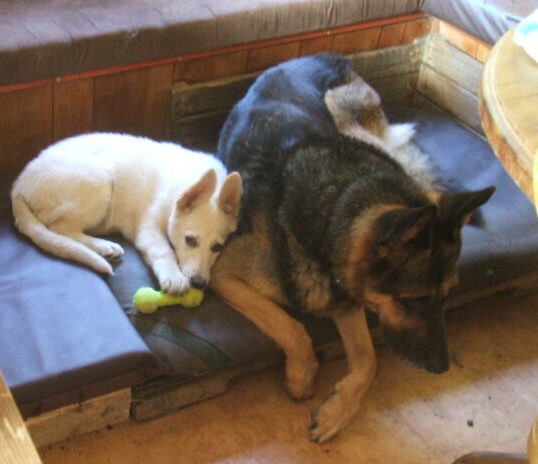
Daisy pup with Blitz
We didn’t really know much about DM but learnt as we went along from various groups on the internet and although Neil made a wheelchair for him from copper pipe, we never tried him in it as he also had a mass in his gut and we were wary of putting any pressure on it.
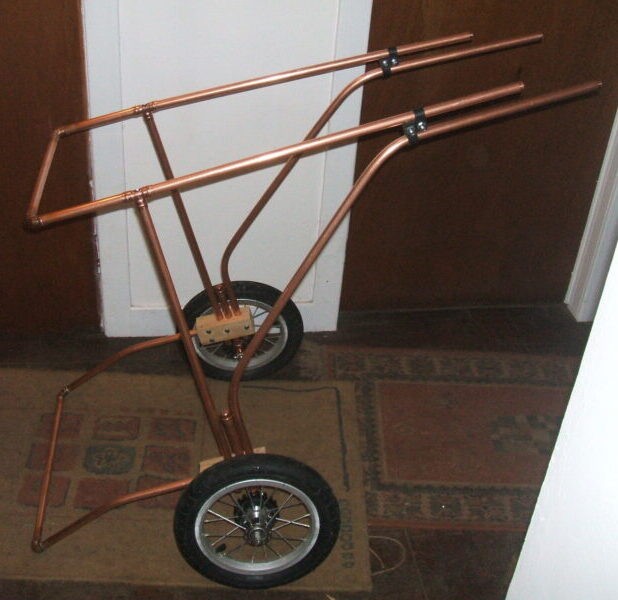
Our first attempt at making a dog wheelchair
Neil would carry him outside in a belly band that I made for him out of old sweatshirts. He was happy enough sitting in the garden. Then, of course, inevitably, the day came when we had to say goodbye. We were prepared, but it still hurt.
After we lost Blitz, Neil had to have physio for tennis elbow due to strain on his joints from hefting a large dog around day in and day out.
With just Sophie (Amy’s litter sister), Fin and Daisy, who was growing rapidly, we soon added to our numbers with Archie, then Jack came along. A collie. We had sheep, they needed herding and the German Shepherds just couldn’t quite grasp that concept.
We lost Sophie in the wintertime. She collapsed suddenly and died before we could get her to the vet. We were once again devastated.
The big Ginger Fin, our second rescue boy, was getting on and had his own ailments. Namely, anal furunculosis, a chronic, progressive inflammatory disease of dogs that results in ulceration and inflammation in the area surrounding the anus. He needed constant nursing, but inevitably we lost him too.
Daisy takes charge
Daisy was now in charge. She ruled the roost with Archie and Jack and continued her growly ways, but we were used to her and took no notice, although she could be alarming to visitors. She may have growled and snarled, but it was all show.
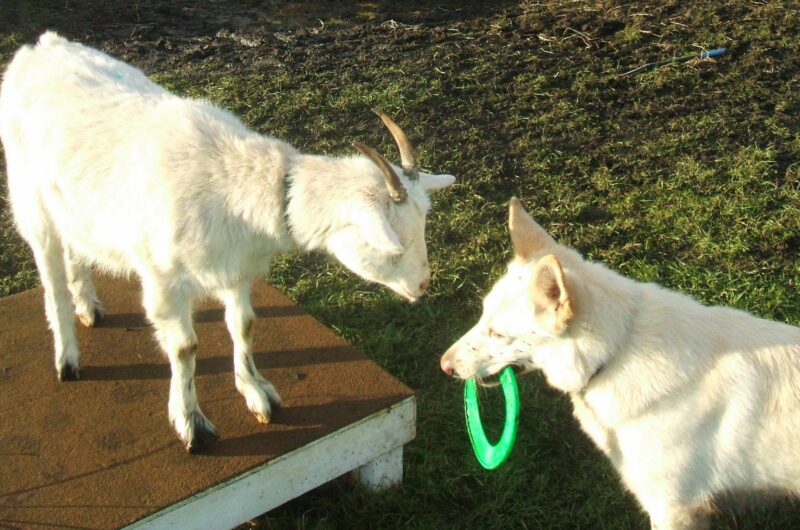
She loved her life here on the croft, surrounded by livestock. There were two walks a day in the fields, the occasional rabbit to pursue and her favourite thing of all, chasing frisbees. She adored them from a tiny pup. When the Pullers came along, she was in her element.
In 2017, I started to notice that her back legs weren’t working quite as well as they should. There was nothing obvious, just a feeling I had, having been through a similar thing with our Blitz.
We buried our heads in the sand for a while because we didn’t want to believe that there was anything wrong, but during the winter months, I could tell from her pawprints in the snow that all was not well. It was apparent she was dragging her back legs very slightly.
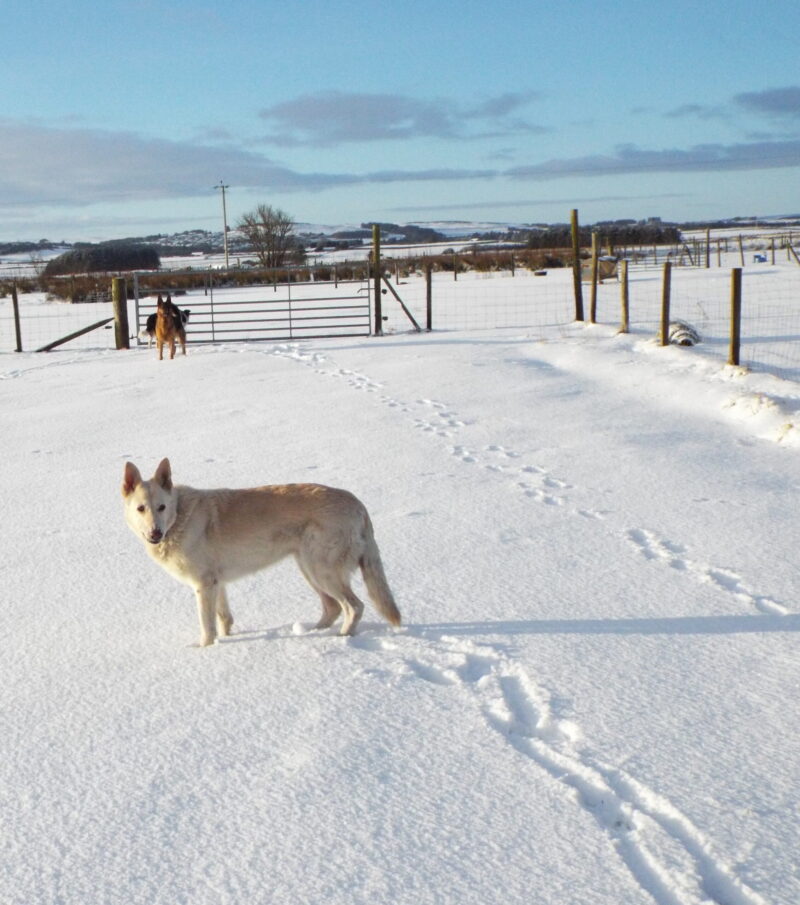
December 2017
It was time to face up to it and get a diagnosis. A few years had passed since we had lost Blitz so there could have been some new treatment available.
DM strikes again
DM was confirmed, and we were disappointed to hear that there was still nothing that could be done to combat this horrible disease. We had recently discovered that we had a dog hydro pool nearby, Fusion Vet Therapy, so we decided to try physio and swimming.
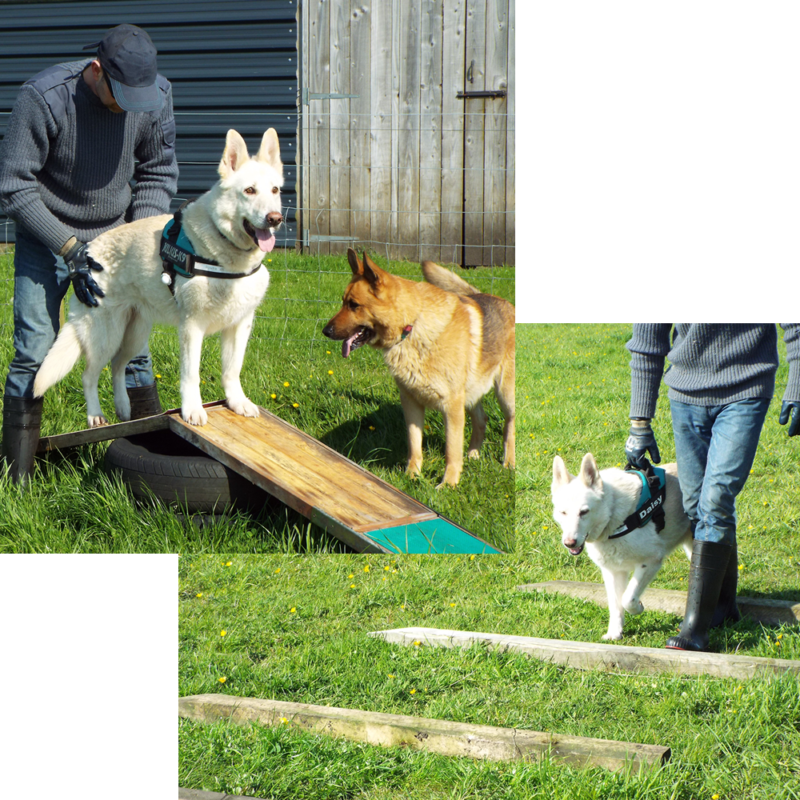
May 2018: Physio
We didn’t know how she’d react to the pool; she had never swum before, but during her first session, she took to it like a duck to water. She absolutely loved it.
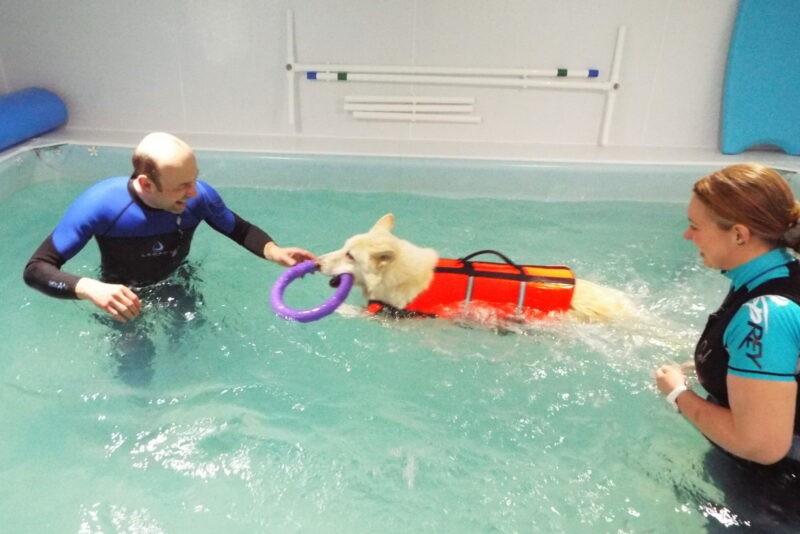
November 2018
As well as her swimming and physio, we scoured the internet and Facebook groups for something, anything that would help us prepare for what was to come.
As her disease progressed, and her back legs got weaker, we put her in Dog Boots to stop her from damaging her back feet. We tried just about every boot on the market with varying degrees of success. Some wouldn’t stay on her feet and we would spend hours looking for lost boots in the field. We quickly learned to tape them to her legs with micropore. Some wore out too quickly so we would reinforce them with duct tape. The boots that worked well for us, we decided to stock ourselves. Daisy tested them all!
After doing a lot of research, we learned that DM could be related to deficiencies in diet, after finding the following article: Does DM (Degenerative Myelopathy) and other Neurological issues like Seizures and Doggie Dementia, actually start in the gut? In desperation, we embarked on an extensive vitamin regime which was primarily based around vitamin B and magnesium.
Eureka!
We had one moment of triumph. Five days after we started her on the vitamin supplements, she suddenly stood up on her back legs for the first time in weeks and we were over the moon. We really thought we had found the cure!
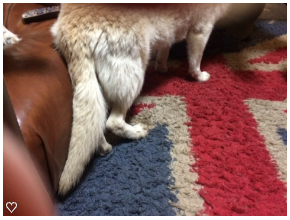
December 2018: Daisy stands up
But it was short-lived, and we soon realised that vitamins weren’t the answer.
We continued with the weekly swimming sessions. She would get so excited when she realised it was time to go to the pool. She also had hydrotherapy sessions which she wasn’t quite so keen on but put up with them with good grace. Funnily enough, she never once growled at the girls at the pool.
She was at the stage where she couldn’t stand up on her own and we were using the belly band that I made for Blitz to get her out and about. She could drag herself along the floor so to help her get about indoors, we removed all the rugs that she was getting snagged on. This left wooden floors which were difficult for her to grip, so we bought metres of black rubber flooring and covered the ground floor of the house.
There was also some incontinence, so we got a cover for the sofa and invested in boxes of puppy training pads.
A wheely good idea
I really wanted to try a wheelchair, but Neil wasn’t so keen. I spotted a second-hand one on Gumtree which was not too far away from us, so we went ahead and bought it.
At first, it wasn’t a great success. It was a bit on the big side for her and she didn’t like the rigid saddle. She would just stand in it and not move. On the other hand, if we put her in the belly band, she would run around quite happily with Neil trying his hardest to keep up with her.
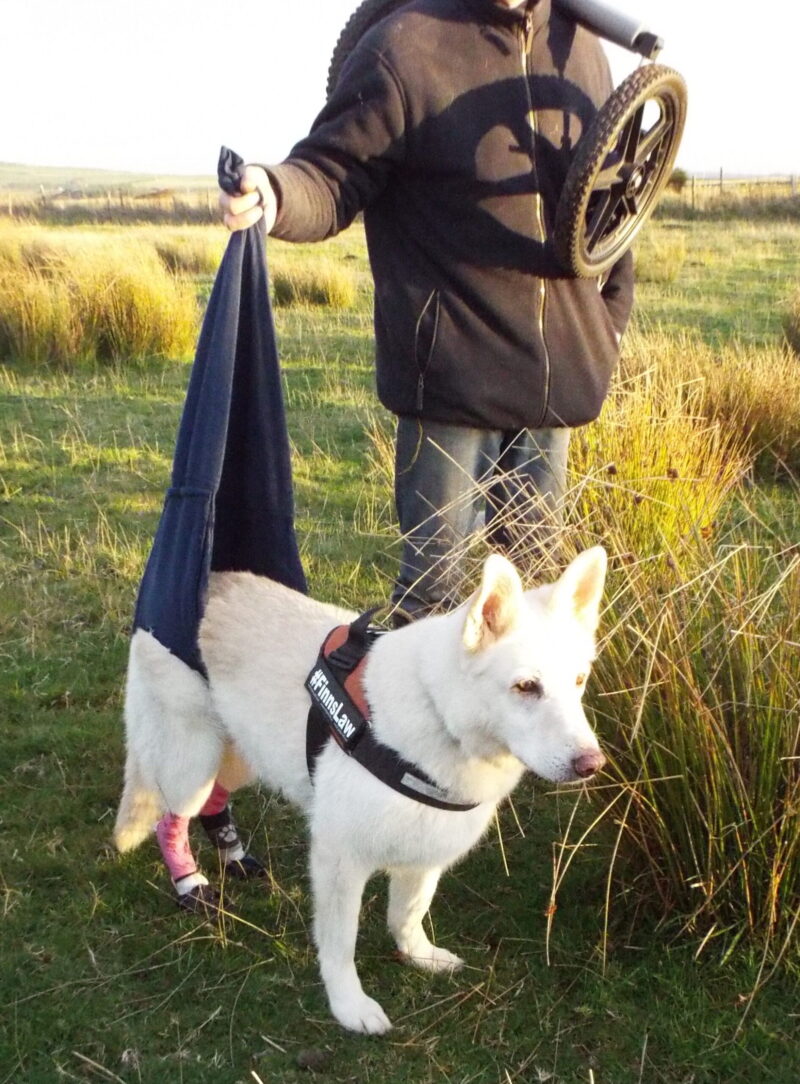
October 2018: Out and about in her sweatshirt belly band
We decided to make some modifications to her wheelchair so that the belly band could be used to support her instead of the fixed wheelchair saddle.
When it was done, it looked a bit Heath Robinson, but she loved it. She had her freedom back. She could walk outside unaided, go to the toilet, run with the other dogs and even chase her beloved Puller.
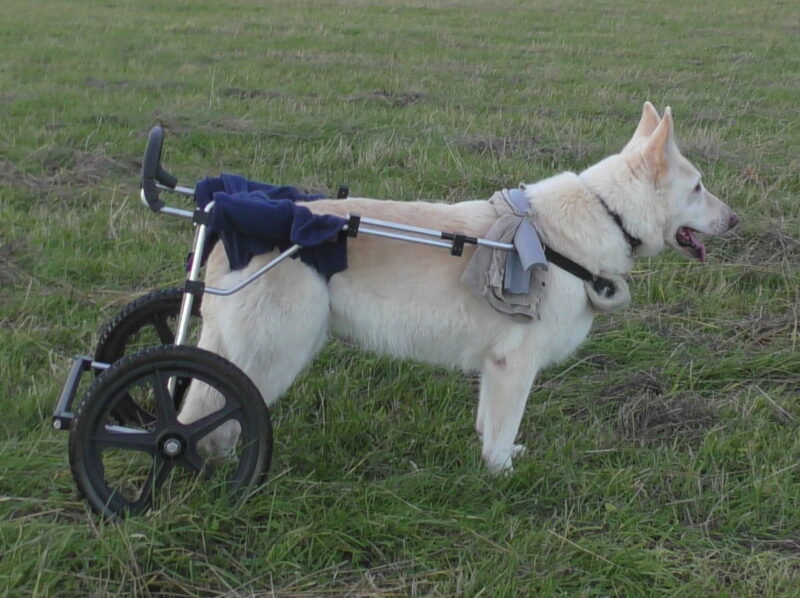
October 2018: We combine the wheelchair with the belly band
She may not have had her legs back, but she had her life back.
Her back legs were still very mobile, although they couldn’t support her weight, so we still needed functional boots.
There wasn’t the space to use the cart indoors, so she would crawl.
Her feet were of major concern to us, and every day we would check them over, put Sudacrem on any sore bits and bandage them up to protect them when she crawled. She also developed sores on other parts of her body from the friction of using the chair daily, and they also had to be attended to.
We rarely went out or left her alone for more than an hour as she got distressed. One day my mother was staying with us and offered to sit with her whilst we had a few hours away from home. Daisy was under the table in the kitchen. After a while, my mother detected an odour and when she looked, Daisy had pooed. As she was in such an awkward position, my mother couldn’t get to her to clean it up, so she used my extra-long wooden jam spoon to drag the poo nearer and pick it up! Needless to say, I shan’t be making jam with that spoon ever again!
But it didn’t matter what we did, there was no halting the progression of the disease and day by day, week by week, month by month, it gradually crept up her spine, leaving her more and more debilitated and reliant on us for her every move. She was too heavy for me to lift and take outside in the homemade belly band, but then we discovered the Solvit Mobility Harness, and with the aid of this, I could manage when Neil wasn’t around.
Her cobbled together wheelchair was wearing out, so we managed to get her another from a DM charity, Cure4DM. Once again, she had a new lease of life, only this time her back legs were no longer mobile, they were just dragging, so we hooked them up in stirrups. Still, she was running with the others and chasing her Puller.
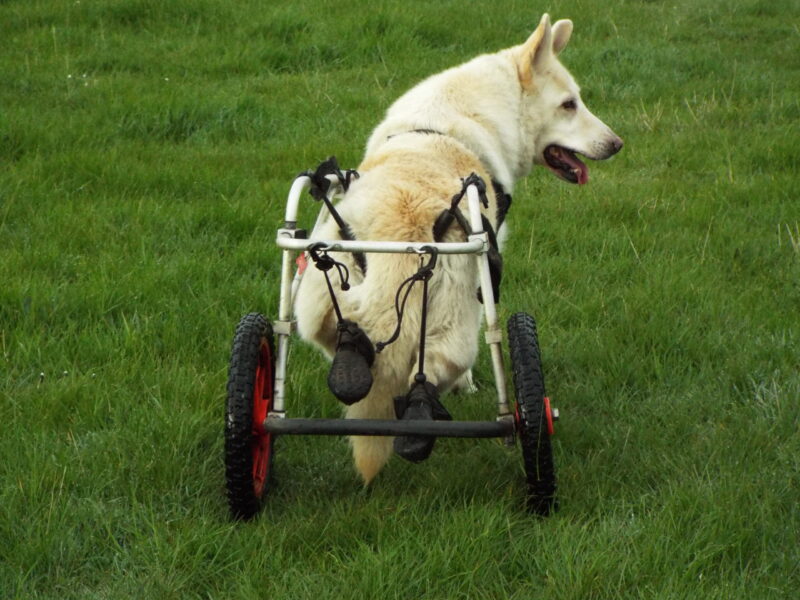
April 2019: Her back legs are now in stirrups
It wasn’t long before we realised that her front end was struggling. She found it challenging to sit up. She was no longer dragging herself around the house and wasn’t finding it that easy to walk in her chair. There were also problems with diarrhoea and urinary incontinence.
The vet recommended Incurin for the incontinence and it worked. No more peeing herself overnight. The diarrhoea was a problem on and off. We knew we were having a good day if she ate her breakfast, didn’t pee herself and her poos were firm!
We lived day to day, hoping for the best. Worrying when she was under the weather. Neil slept next to her every night for months, holding her paw or rubbing her belly. He started off in a chair in the lounge and then graduated to a camp bed!
We decided to get her a new quad chair so that she would have support at the front end. We ordered her a snazzy, camo Walkin’ Wheels.
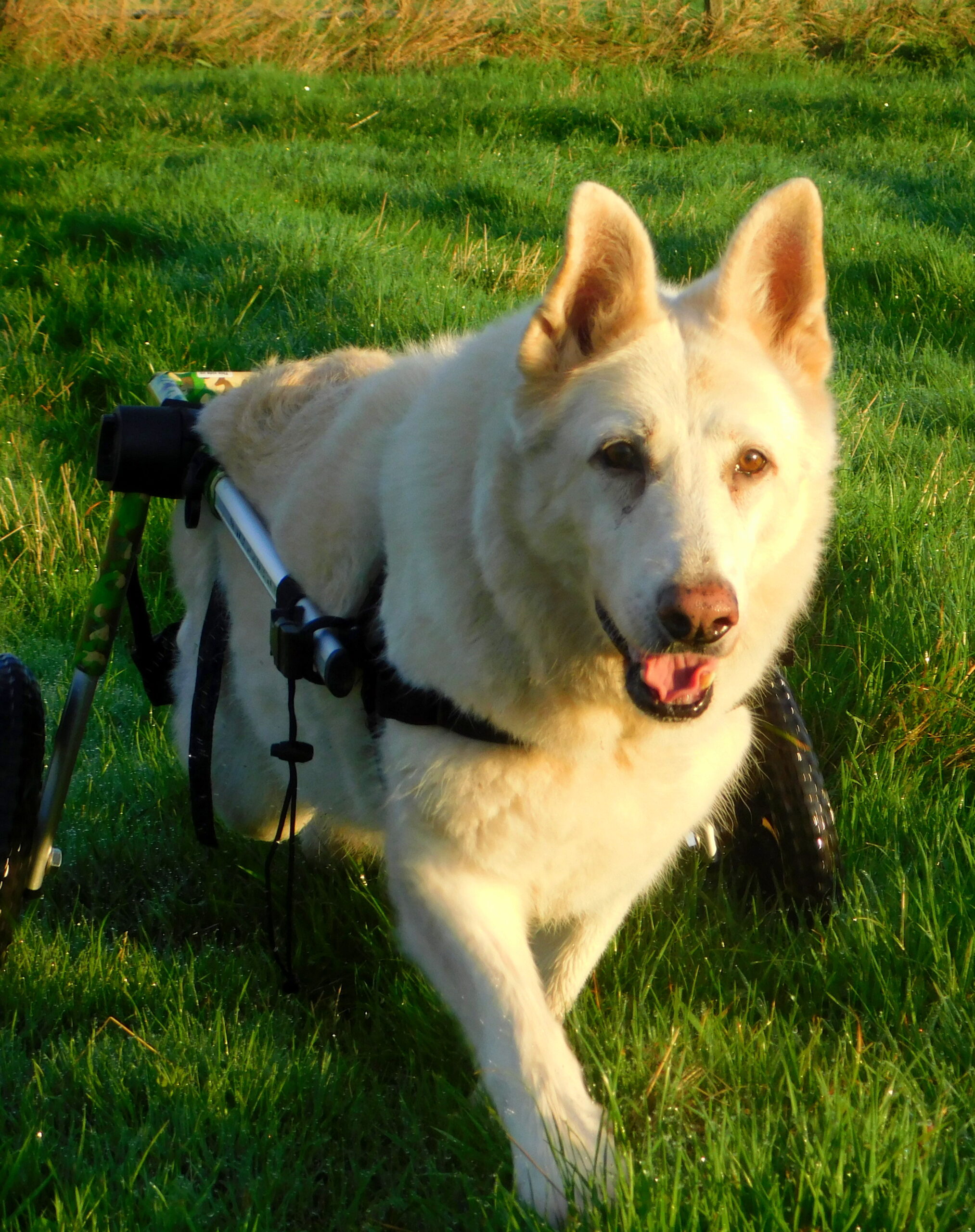
September 2019: In her Walkin’ Wheels
Her new chair arrived, and it was perfect. However, we never did fit the front wheels. Our fields are rough grassland so we weren’t sure that she would be able to manoeuvre around it with the front wheels on. We were at the point where we were going to fit them on her wheelchair to try them. If they didn’t work for her, we would have looked for a flatbed trolley to take her out and about.
We lost the fight
Sadly, there was no halting the ever-creeping paralysis and the weekend just after Christmas she lost coordination on her right-hand side. Her belly was distended. She wasn’t peeing when we took her outside and she was generally sluggish and quite distressed.
As painful as it was, we knew the time had come to let her go while she still had some dignity, so we called the vet out. He examined her and agreed with us. It was her time.
On her bed in the lounge next to the wood burner, with a Christmas tree in the background, we said our goodbyes, told her how much we loved her and held her paws while she slipped peacefully away.
We buried her in the garden next to Blitz, Sophie, Fin, Amy and Molly. Some she had known and some she had never met, but we like to think of her running free with them all.
The pain of the loss seems unbearable, but we know from bitter experience that it will start to fade in time.
Knowing what to do with ourselves is another matter. Our days revolved around her care and now they seem to drag on endlessly.
We have the others to focus on. Archie, Jack, Toby and Tilly and already the pack dynamic has changed. We were always so focused on Daisy, her needs and her wellness, now we can see them coming out of their shells and blossoming with our attention. It must be hardest for Archie as he spent all his days in my office with Daisy and myself.
From the summer 0f 2017 until December 2019 was the time it took for that horrible disease to take our beautiful White Warrior. She fought it so hard and so did we.
We went to extraordinary lengths to care for her. Our whole lives were geared up to her needs and people must have thought we were crazy, but I know that there are hundreds, probably thousands of DM dog parents out there doing exactly the same. From diagnosis to progression of illness, to aids for caring for your DM dog, there are so many people seeking solutions. And we are passionate about sharing our experiences and knowledge with them.
Breeders take note
We have had Archie, Toby and Tilly DNA tested and we know that none of them will ever suffer from it which is a massive relief for us. However, we know Toby is a carrier. If mated with a bitch who is clear, none of the pups would be affected by DM, but there is a 50/50 chance that they too would be carriers. When I gave his breeder the results, she told me that none of her dogs had ever suffered from DM, but although she claimed her dogs were DNA profiled, they couldn’t have had that particular test. Without that knowledge, she could possibly mate two fit, healthy dogs that just happened to be carriers, thereby creating a new generation of dogs vulnerable to DM.
We will never buy another pup unless it has been tested.
We know nothing will stop the puppy farms and back street breeders, but to all those registered breeders out there, or even owners who think it would be nice to have a litter from their dogs, we urge you to DNA test your dogs before breeding from them. It’s a simple test. We used Animal Genetics, who offer a whole range of canine testing options. It doesn’t cost a fortune and it could stop other people and their precious dogs going through what we’ve been through, twice now.
Neil will once again be getting physio for his elbows, but he would gladly put up with the discomfort of carrying Daisy again in a heartbeat, if he could.

April 2019: Daisy 2009 -2019 The White Warrior rides again
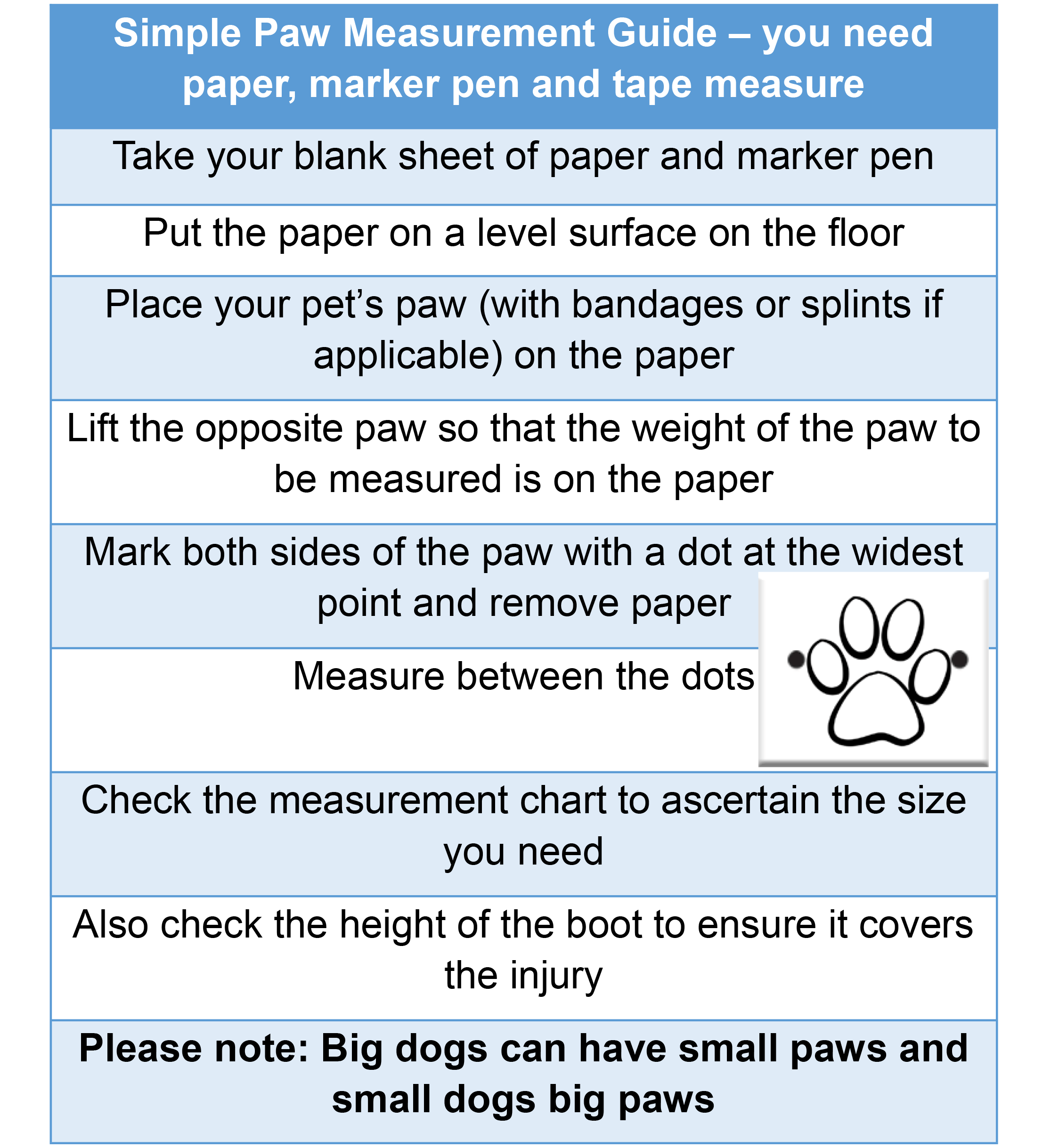


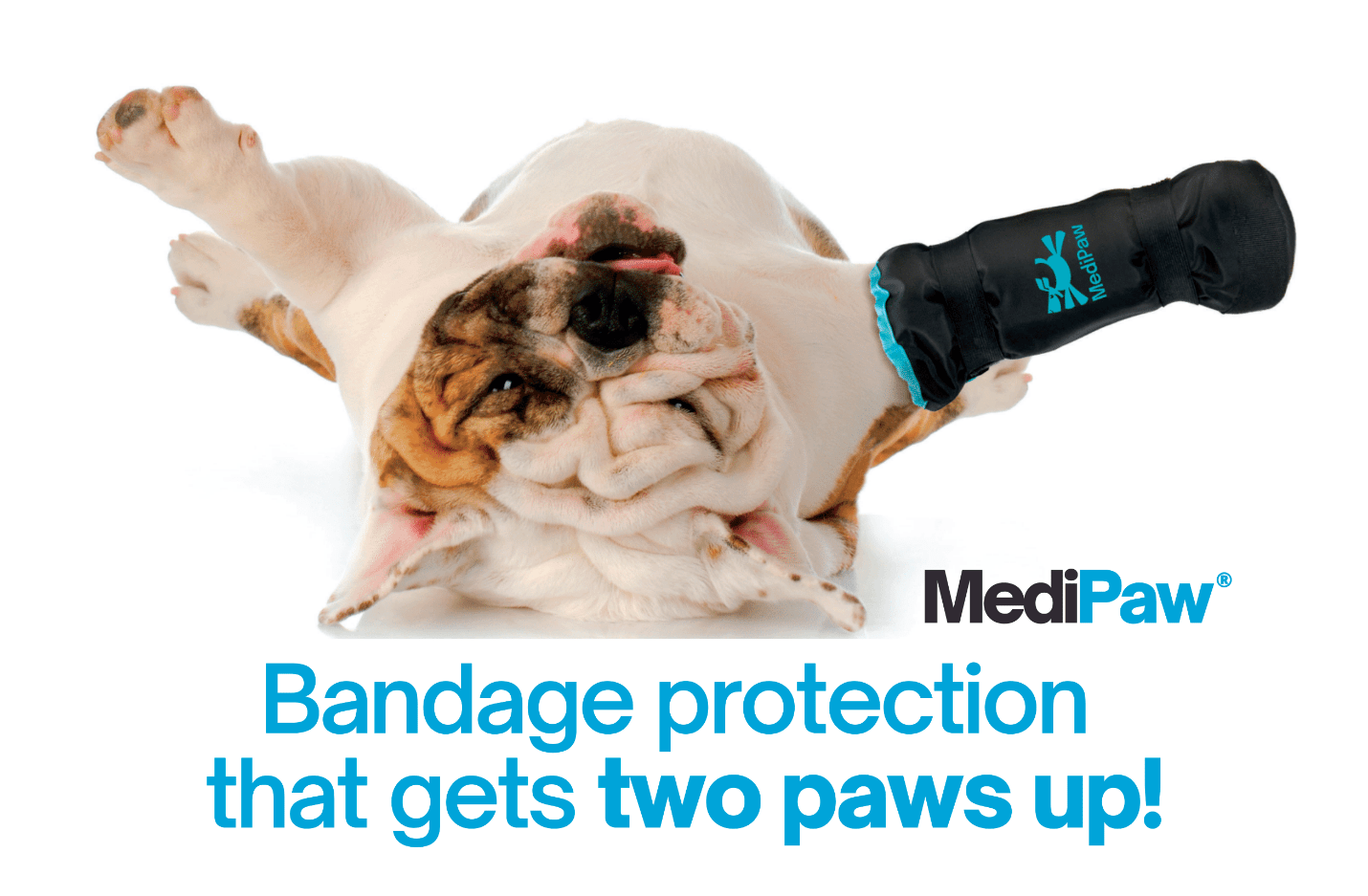
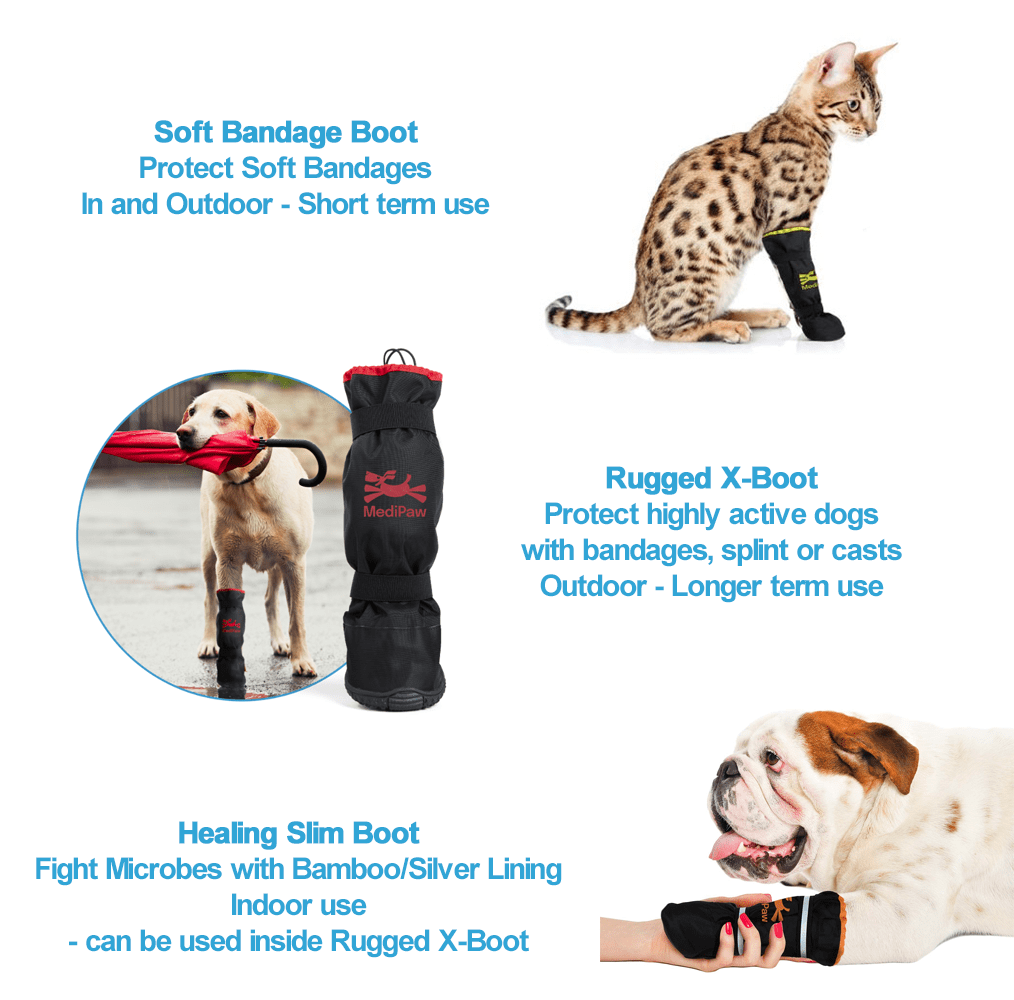

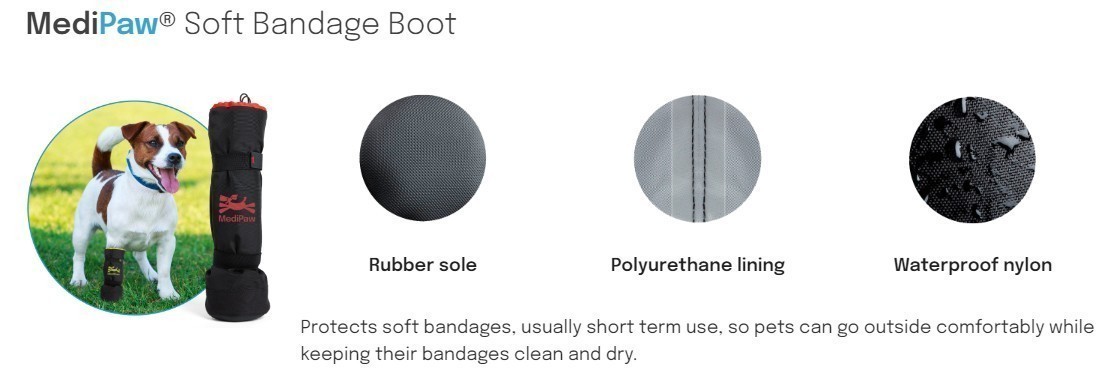
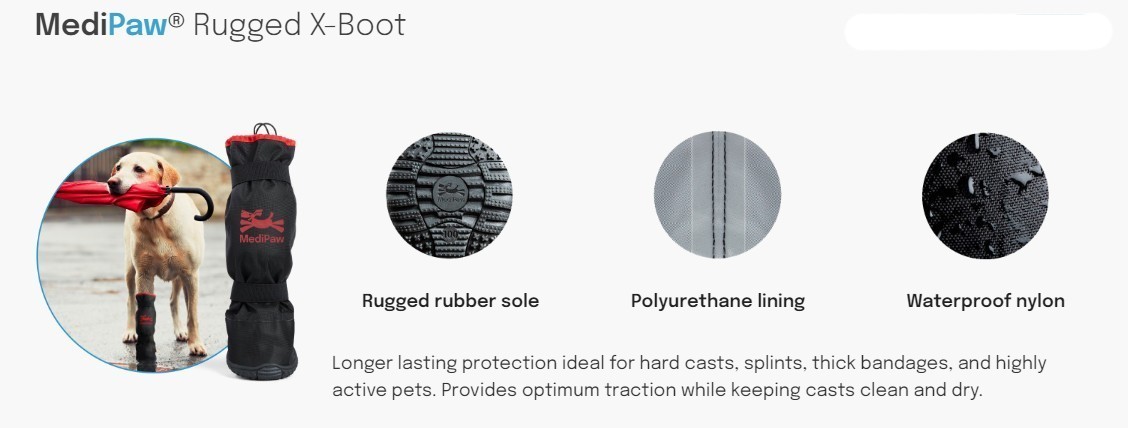
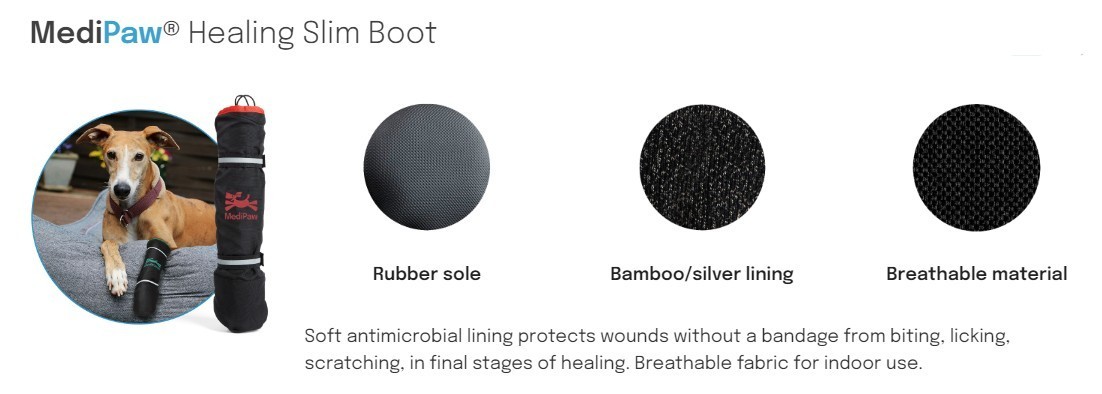
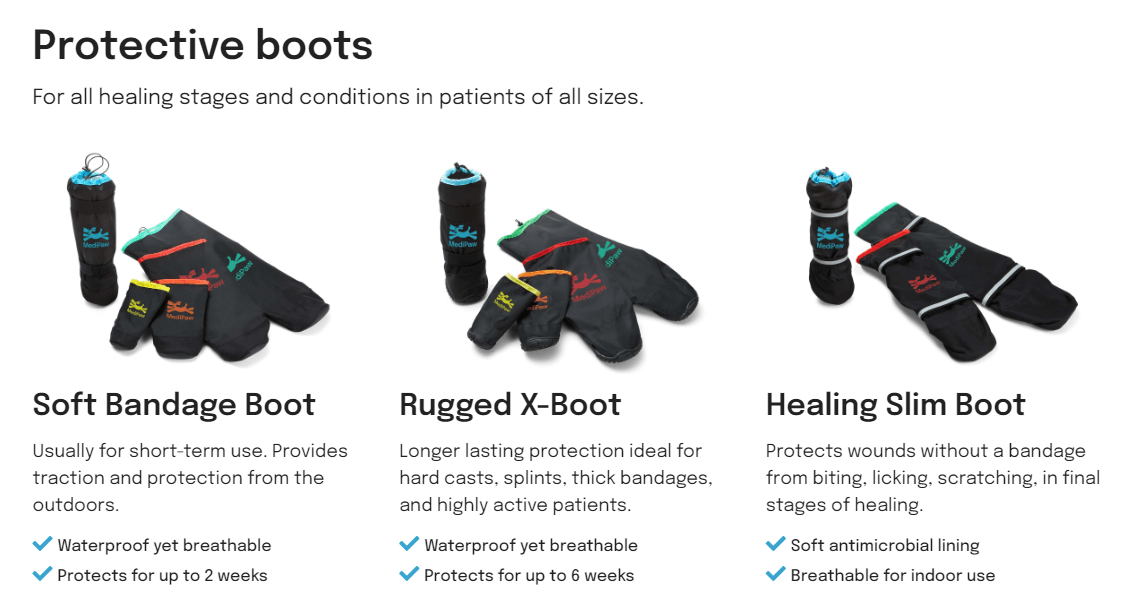
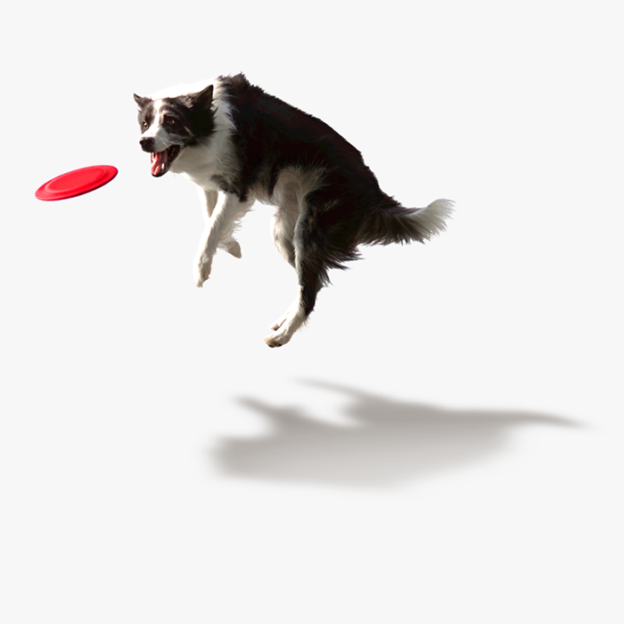
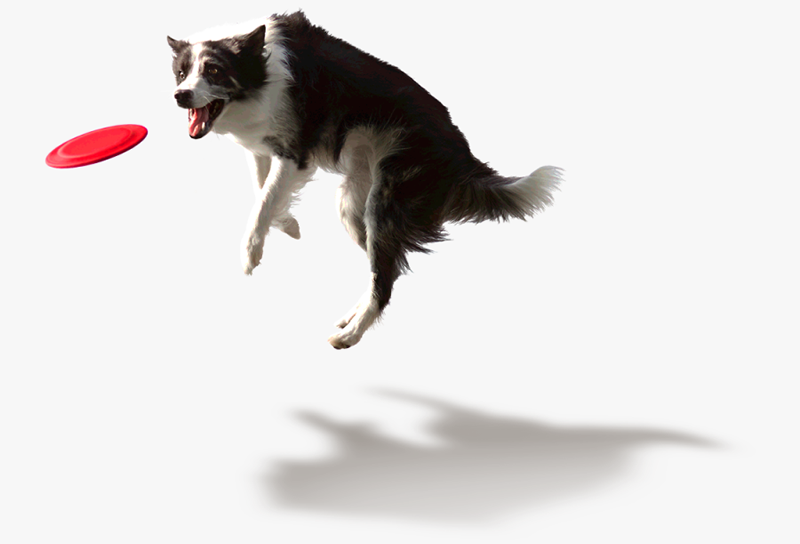
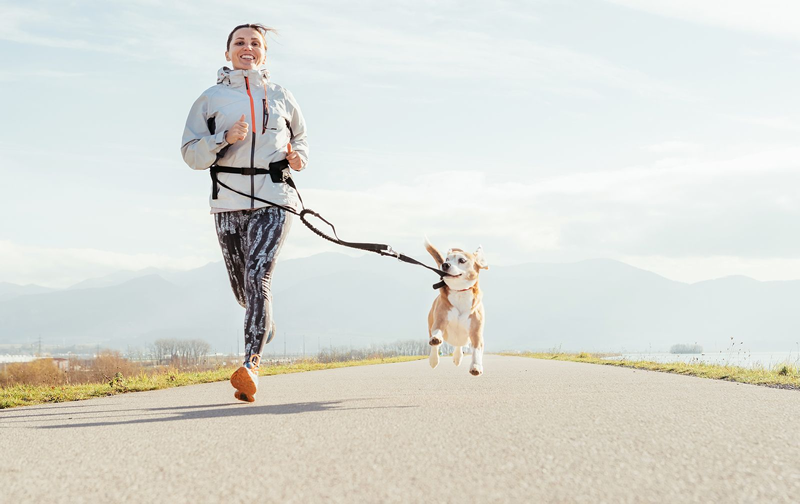
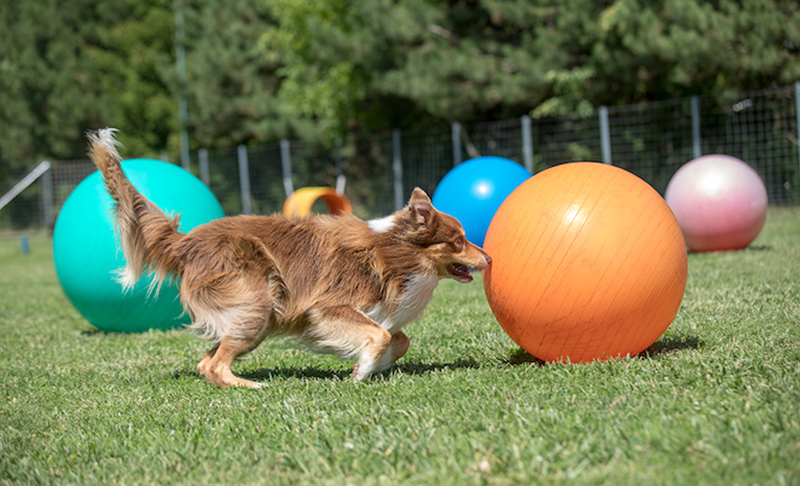
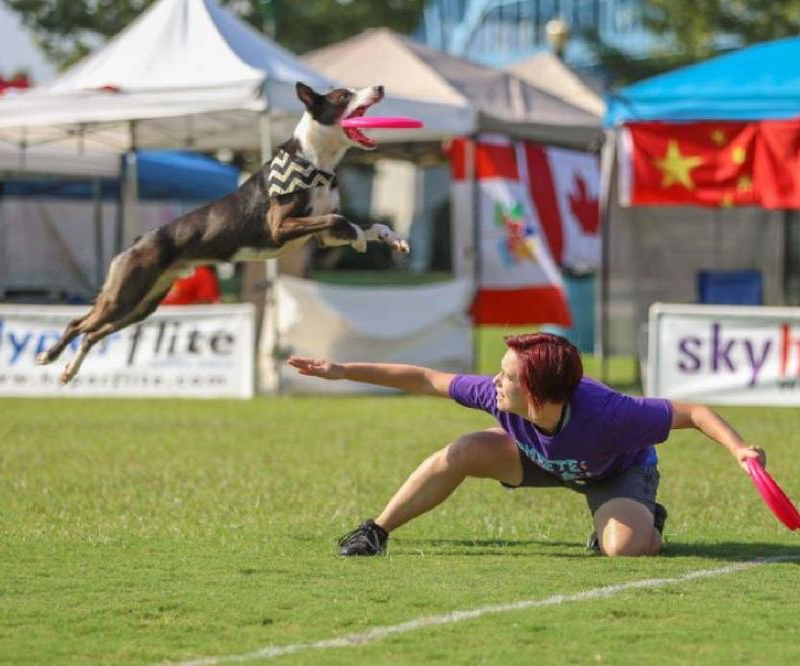
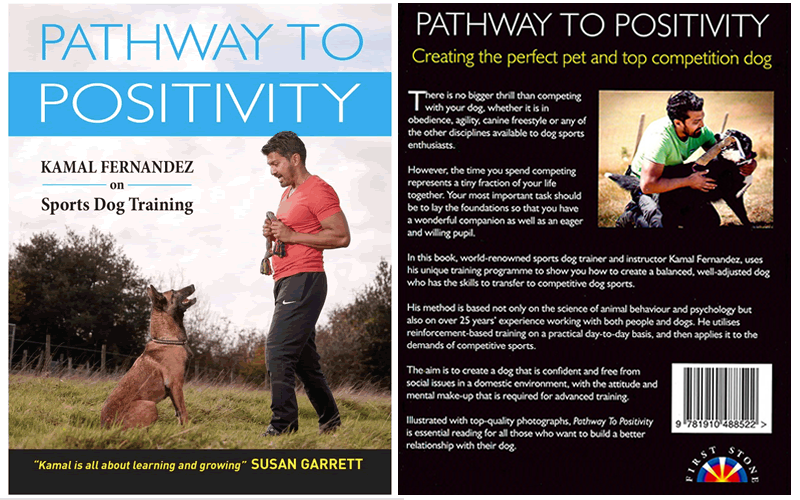

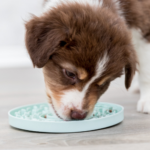
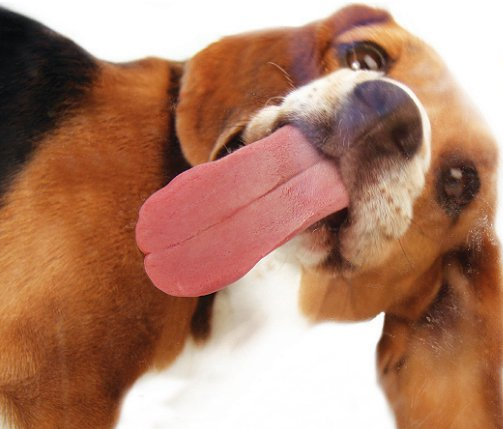
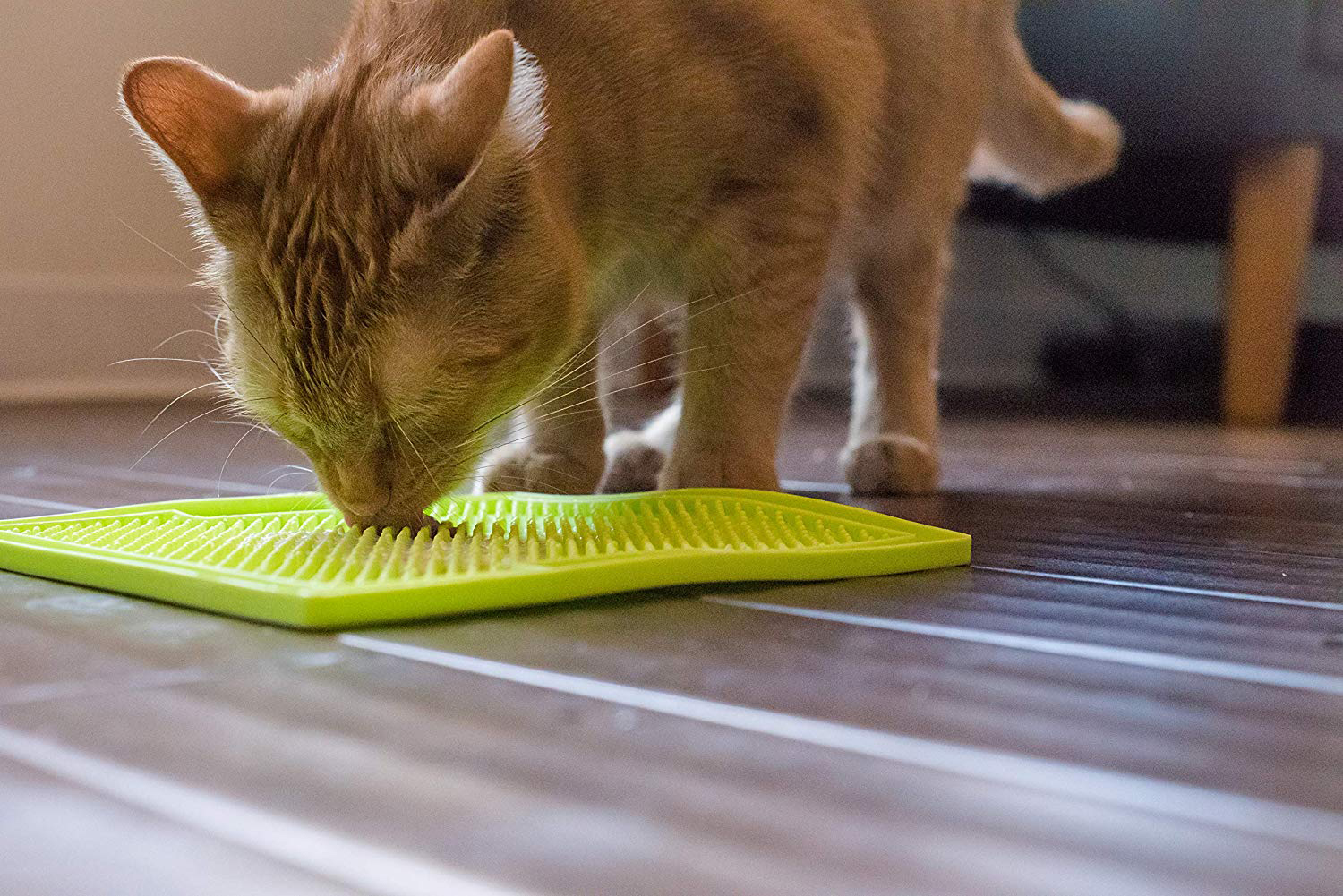
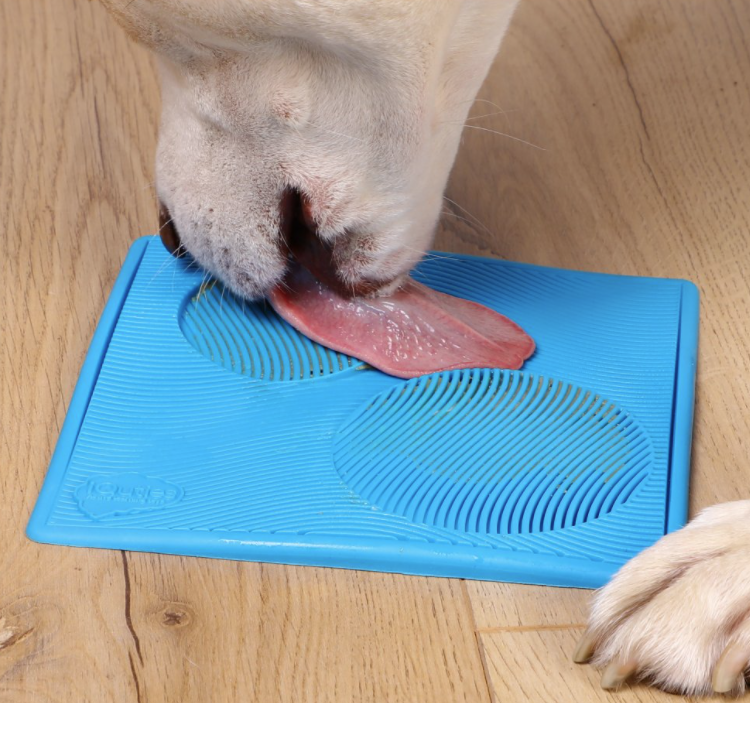
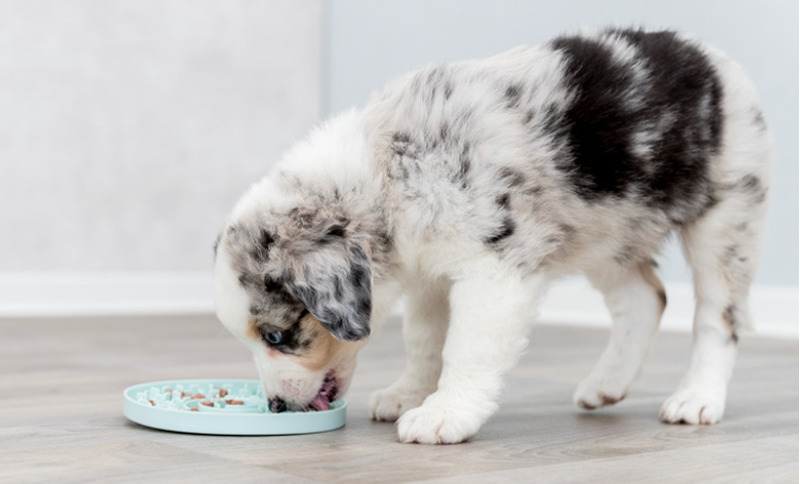
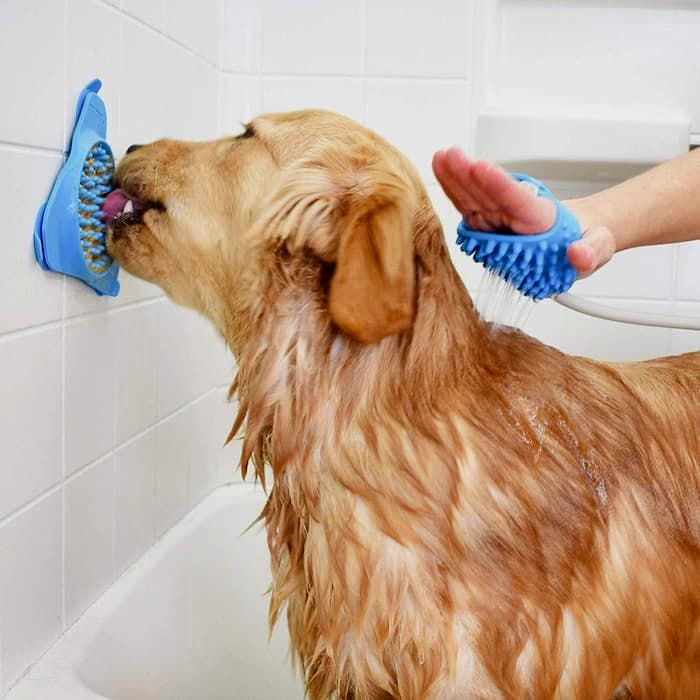
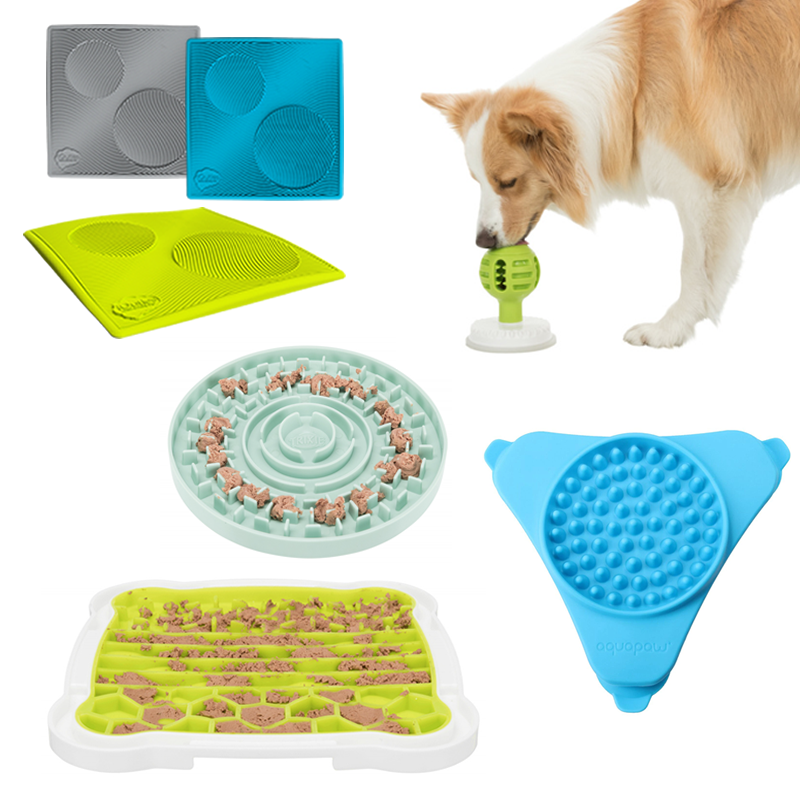
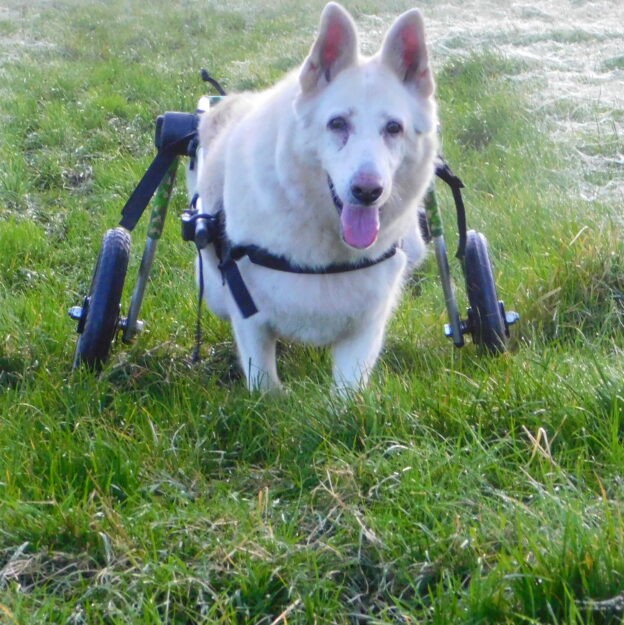
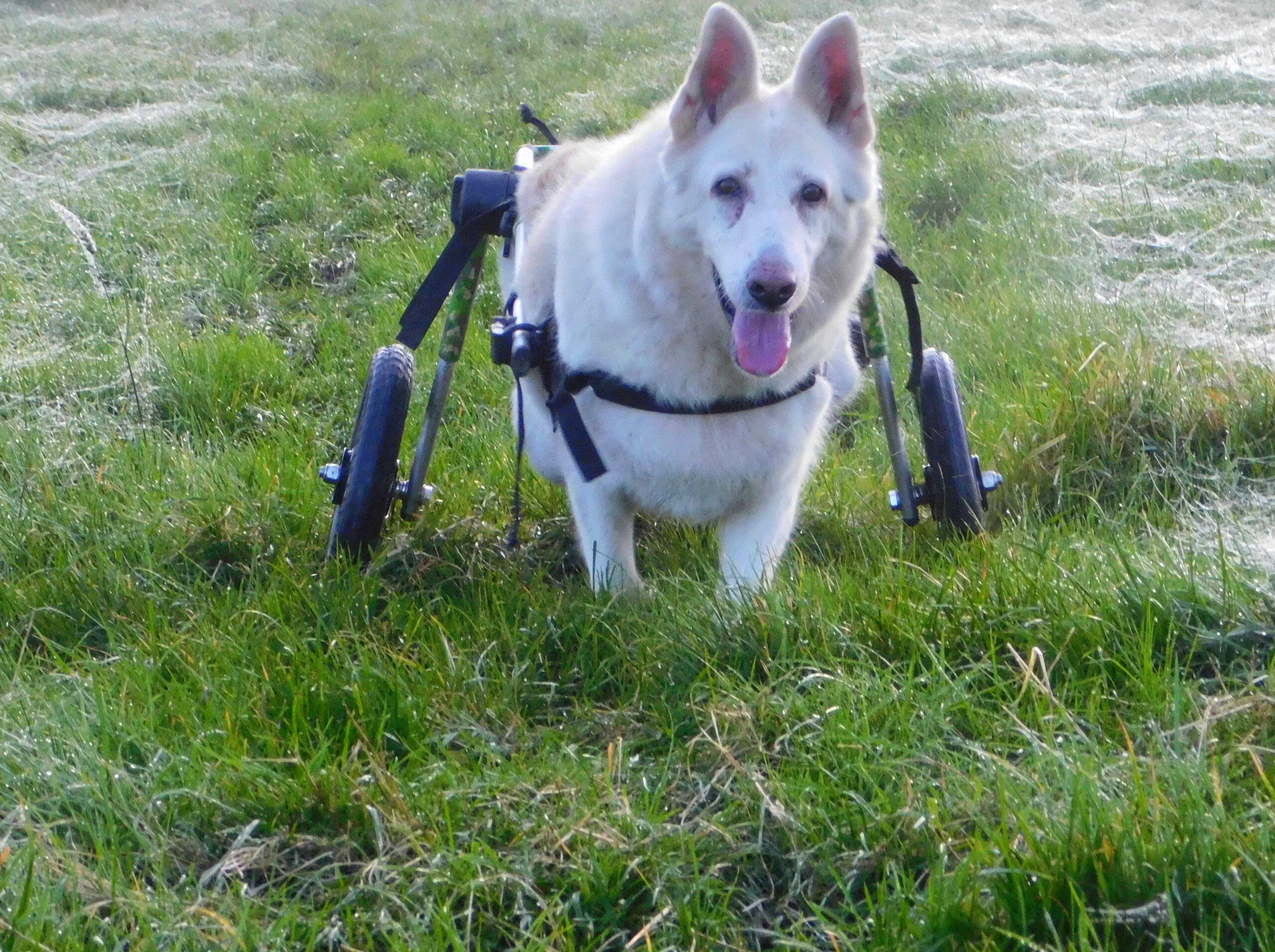
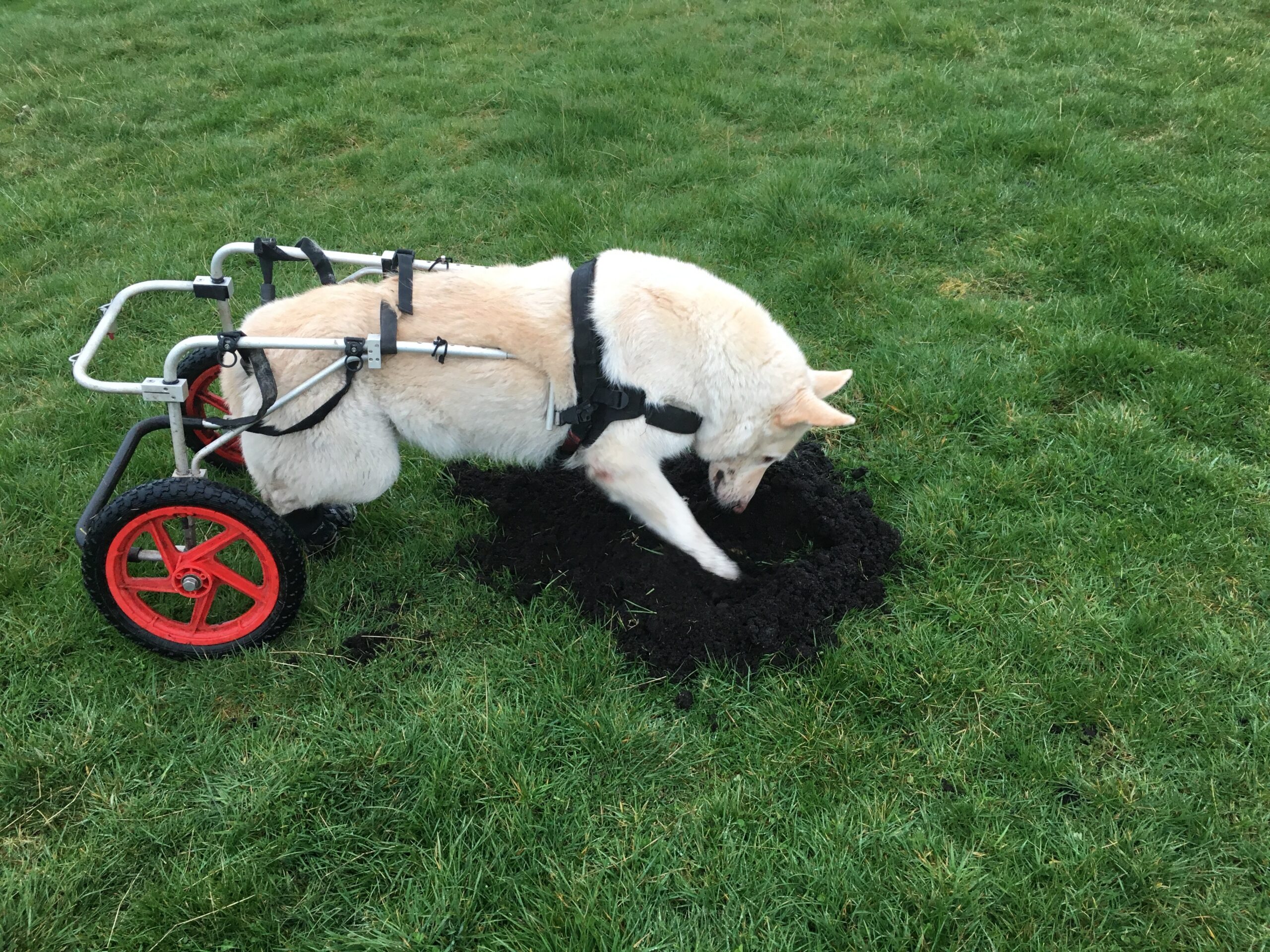
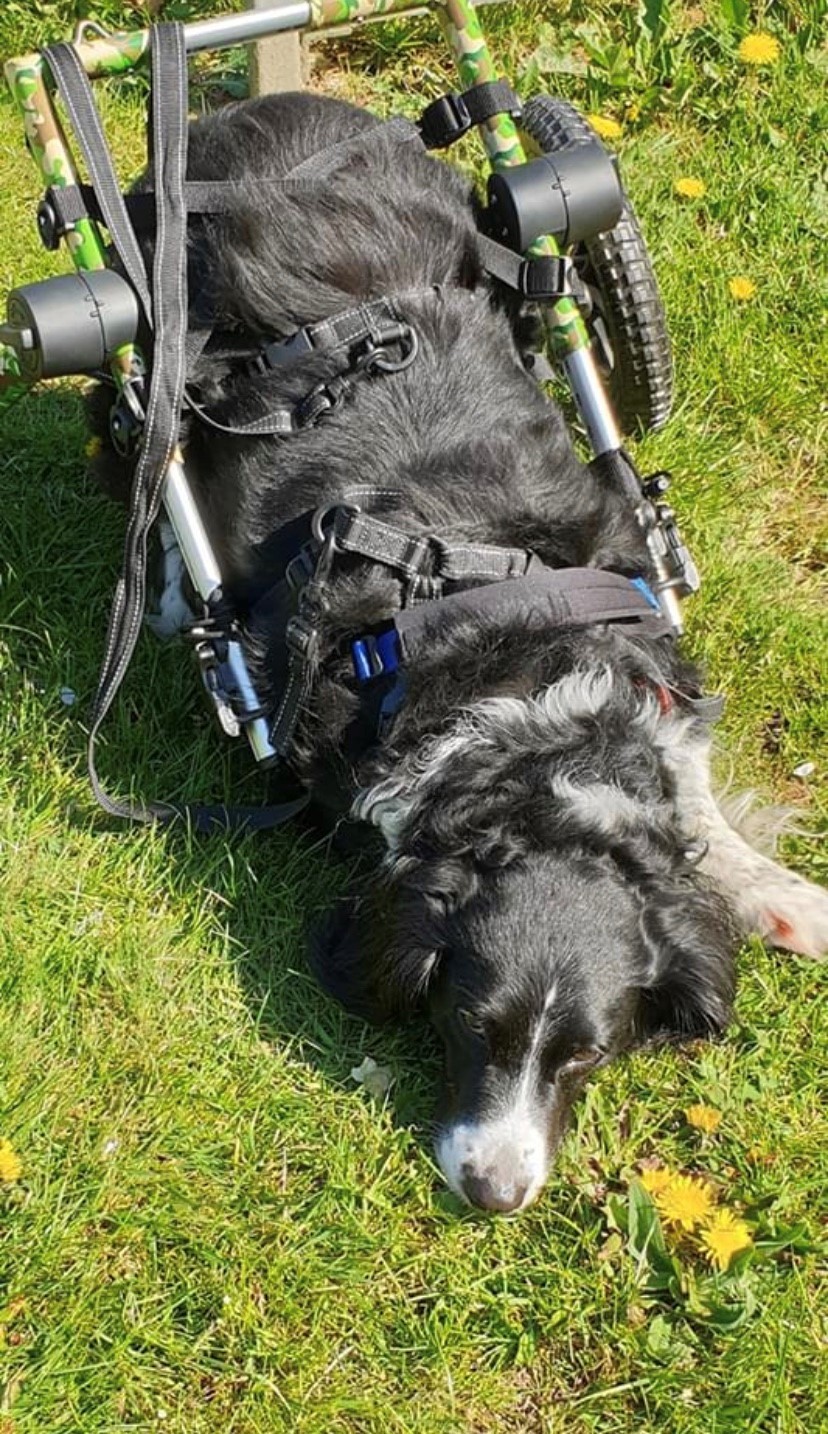
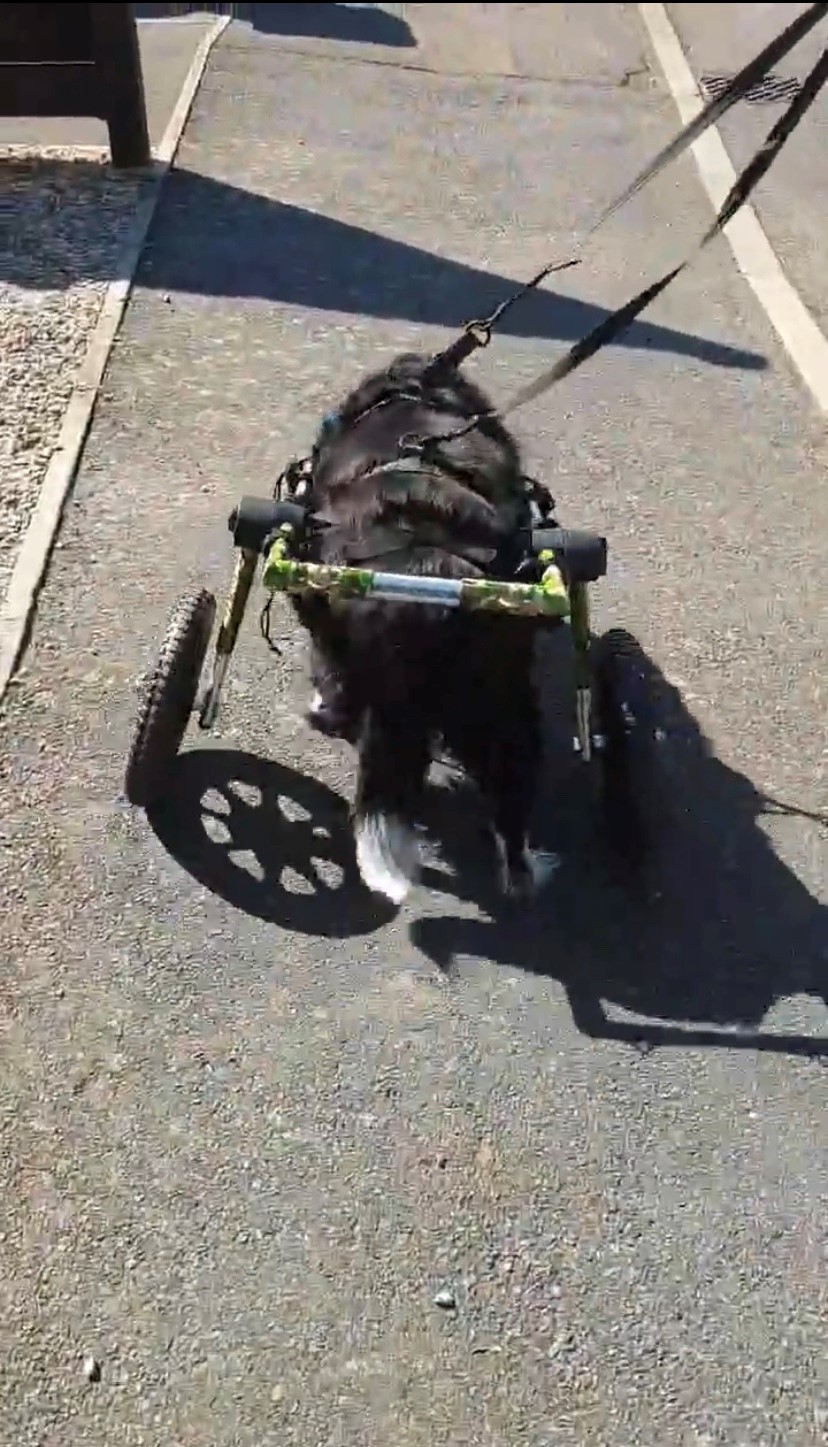
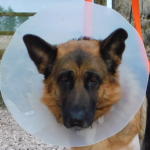
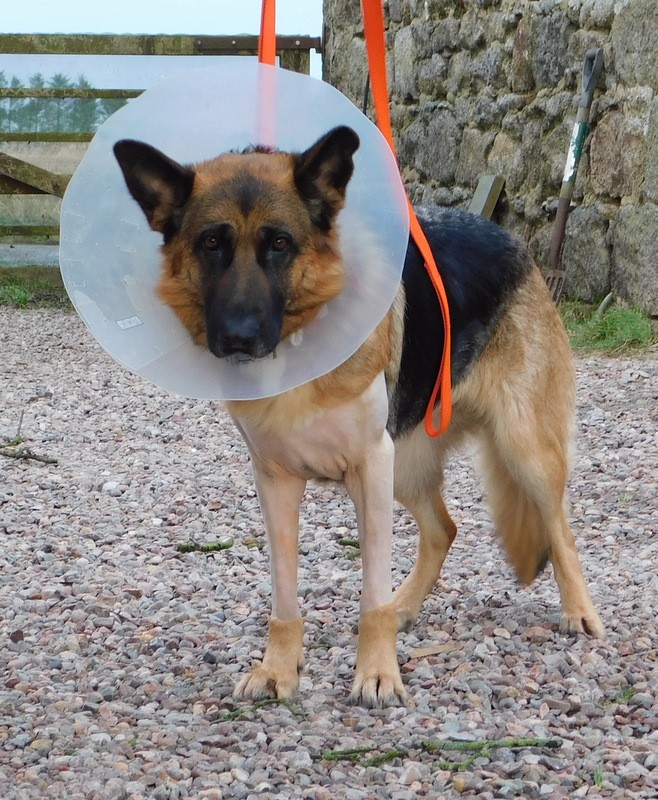

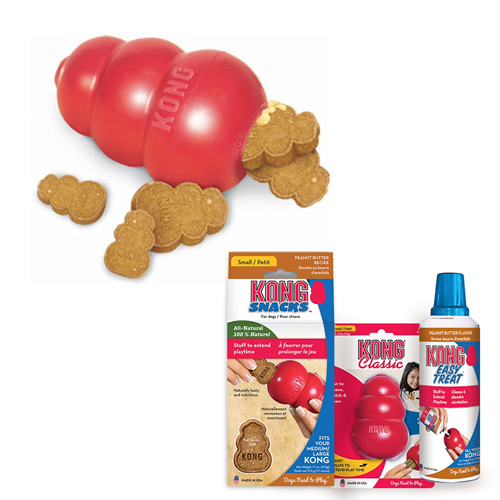
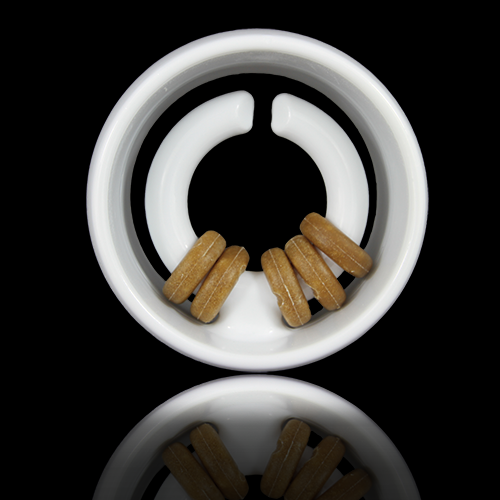

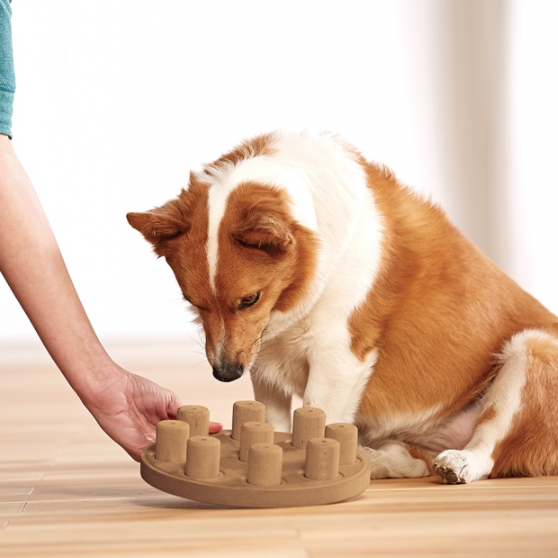
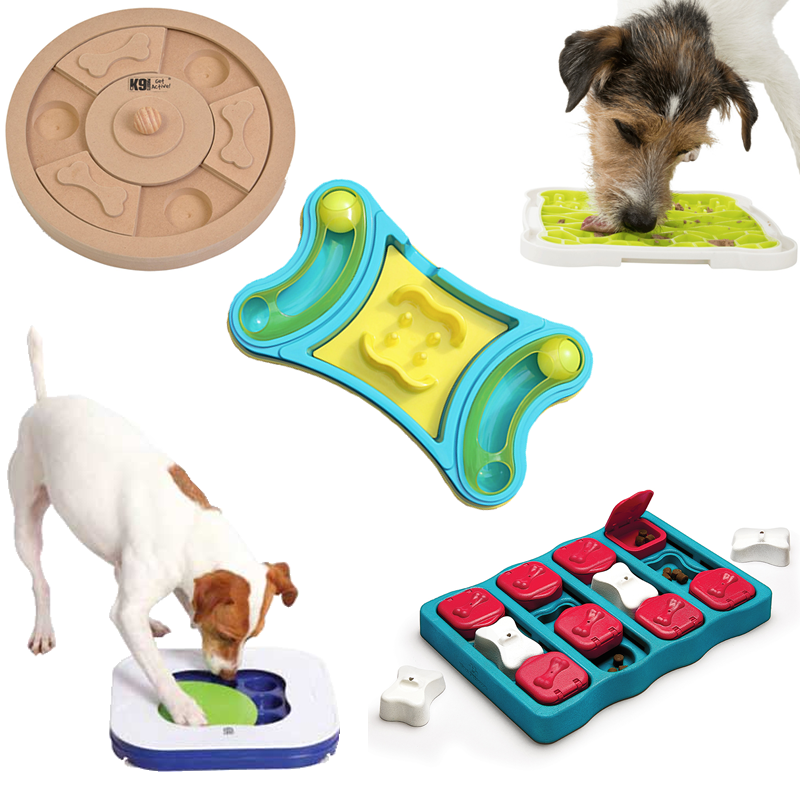
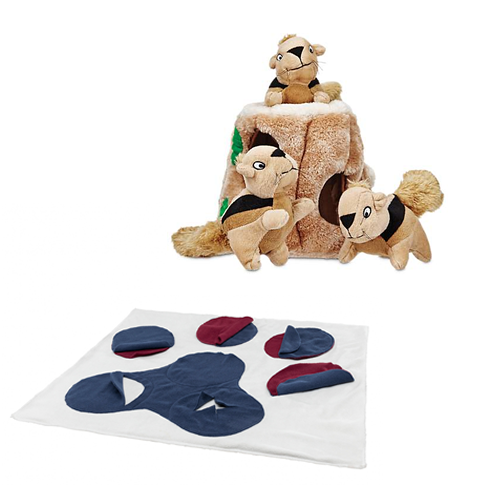
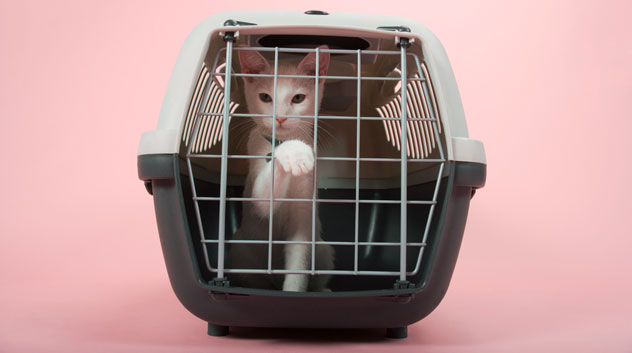 If your cat is confined to a crate for any reason here are some tips and tricks:
If your cat is confined to a crate for any reason here are some tips and tricks: